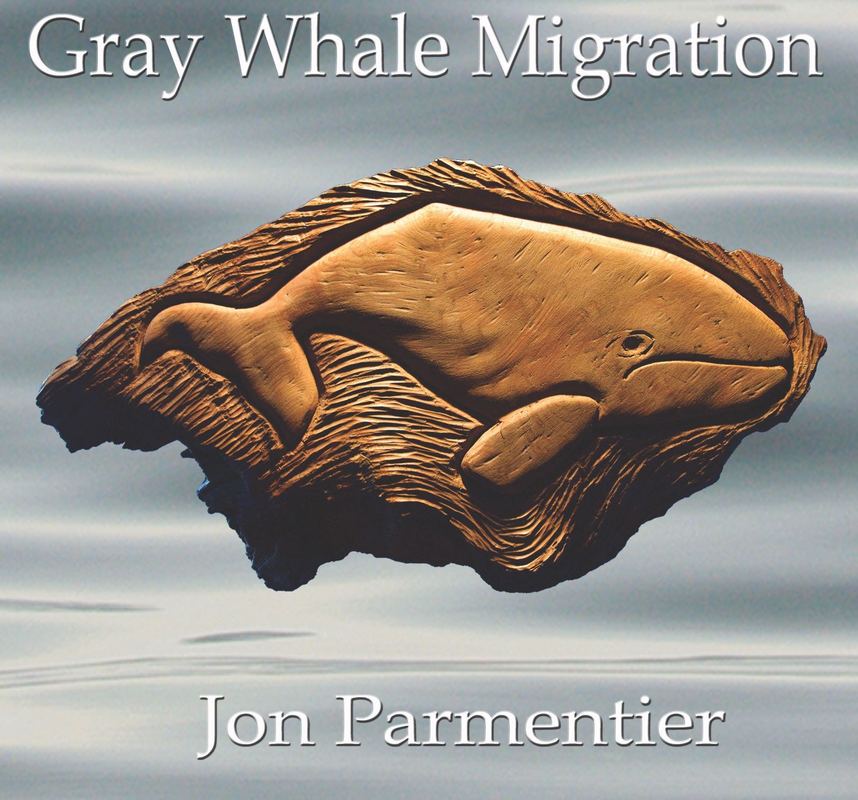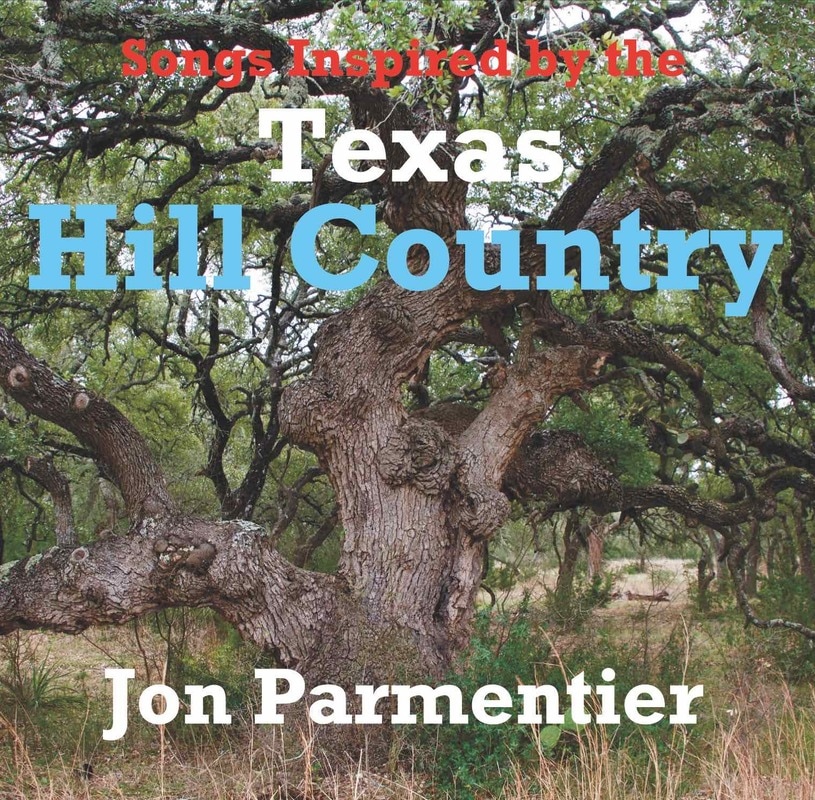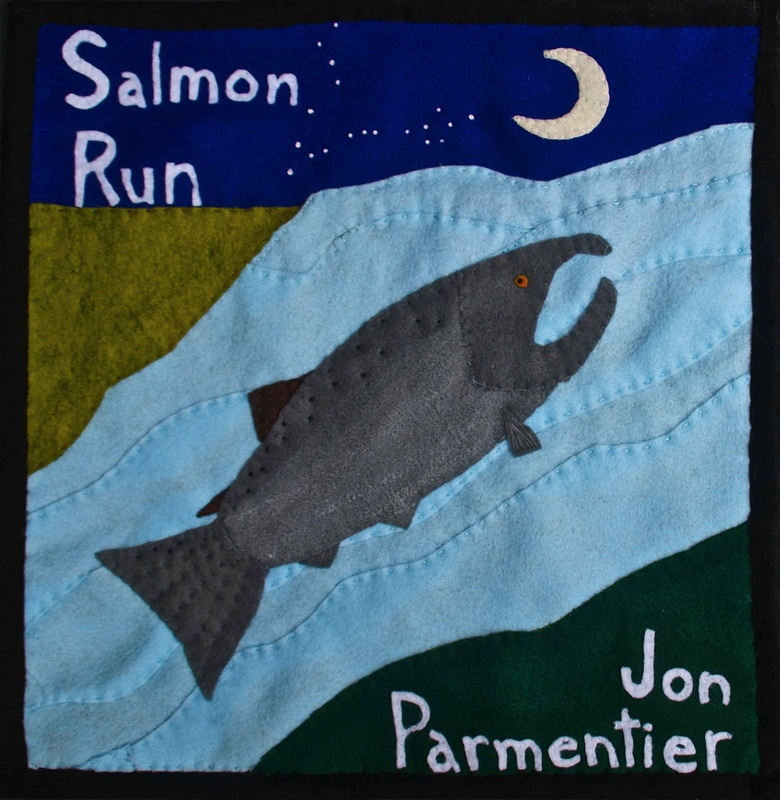For me, the creative process is mostly trial and error. I noodle around on the fret board, and voila, a pleasant sound issues forth. Sometimes I am actively looking for a chord, other times it is pure chance, and often it is actually a miscalculation. Carefree Bob Ross, who hosted The Joy of Painting, referred to this as “happy little mistakes.” As random as that might sound, I seem to be pretty good at it.
To take the happenstance a step further, I can tell you that I don’t feel a mood, then write music to emote it. I am not that good. Instead, I stumble upon a melody, then decide what it sounds like. But I believe that a sense of time and place are embedded into art. While I was on vacation in The Rockies I wrote some songs that sounded like, well, The Rockies. Listening to the music I hear log cabins and meadows and rabbit prints in the snow. (I have enough material to record a “mountain” themed album.)
I do, however, have some means I use to help steer the music in the right direction. I use several different open tunings for guitar. In “standard” tuning, the notes of the 6 strings are EBGDAE. When you strum the 6 strings it just sounds like a bunch of arbitrary notes. In my favorite open tuning, DAF#DAD, the 2 Es are tuned down a whole step to Ds, and the G goes down to an F#. This, when strummed, yields a beautiful D chord. And this chord has a mood: it is deep, rich and organic. It was the primary tuning I used for the compositions on my CD Music for Redwoods.
For years and years I had what I called “the matrix” in my mind. I would find a melody, then develop it as it was repeated. Over the course of time, an idea might coalesce into a complete song. This could take an hour, several days, or even months.
Musical ideas are fleeting! Sometimes you can come across the most beautiful progression, and unless you stop what you are doing and play it over and over to burn it into your memory, it flies off into the ether, never to be heard again. So now I use a hand held voice recorder. When I am experimenting and a “nice one” appears, I immediately record it as a snippet. As I compose a song, I go back and forth between being live on the guitar and the recorded snippets. I maintain a library of snippets on the computer. So even if I don’t develop the idea into a viable song today, I have a vault of hundreds potential tunes in storage.
The initial idea, the musical phrase you discover, may turn out to be the heart of the song. Perhaps later you compose an intro. Sometimes you never find an ending.
To take the happenstance a step further, I can tell you that I don’t feel a mood, then write music to emote it. I am not that good. Instead, I stumble upon a melody, then decide what it sounds like. But I believe that a sense of time and place are embedded into art. While I was on vacation in The Rockies I wrote some songs that sounded like, well, The Rockies. Listening to the music I hear log cabins and meadows and rabbit prints in the snow. (I have enough material to record a “mountain” themed album.)
I do, however, have some means I use to help steer the music in the right direction. I use several different open tunings for guitar. In “standard” tuning, the notes of the 6 strings are EBGDAE. When you strum the 6 strings it just sounds like a bunch of arbitrary notes. In my favorite open tuning, DAF#DAD, the 2 Es are tuned down a whole step to Ds, and the G goes down to an F#. This, when strummed, yields a beautiful D chord. And this chord has a mood: it is deep, rich and organic. It was the primary tuning I used for the compositions on my CD Music for Redwoods.
For years and years I had what I called “the matrix” in my mind. I would find a melody, then develop it as it was repeated. Over the course of time, an idea might coalesce into a complete song. This could take an hour, several days, or even months.
Musical ideas are fleeting! Sometimes you can come across the most beautiful progression, and unless you stop what you are doing and play it over and over to burn it into your memory, it flies off into the ether, never to be heard again. So now I use a hand held voice recorder. When I am experimenting and a “nice one” appears, I immediately record it as a snippet. As I compose a song, I go back and forth between being live on the guitar and the recorded snippets. I maintain a library of snippets on the computer. So even if I don’t develop the idea into a viable song today, I have a vault of hundreds potential tunes in storage.
The initial idea, the musical phrase you discover, may turn out to be the heart of the song. Perhaps later you compose an intro. Sometimes you never find an ending.




 RSS Feed
RSS Feed